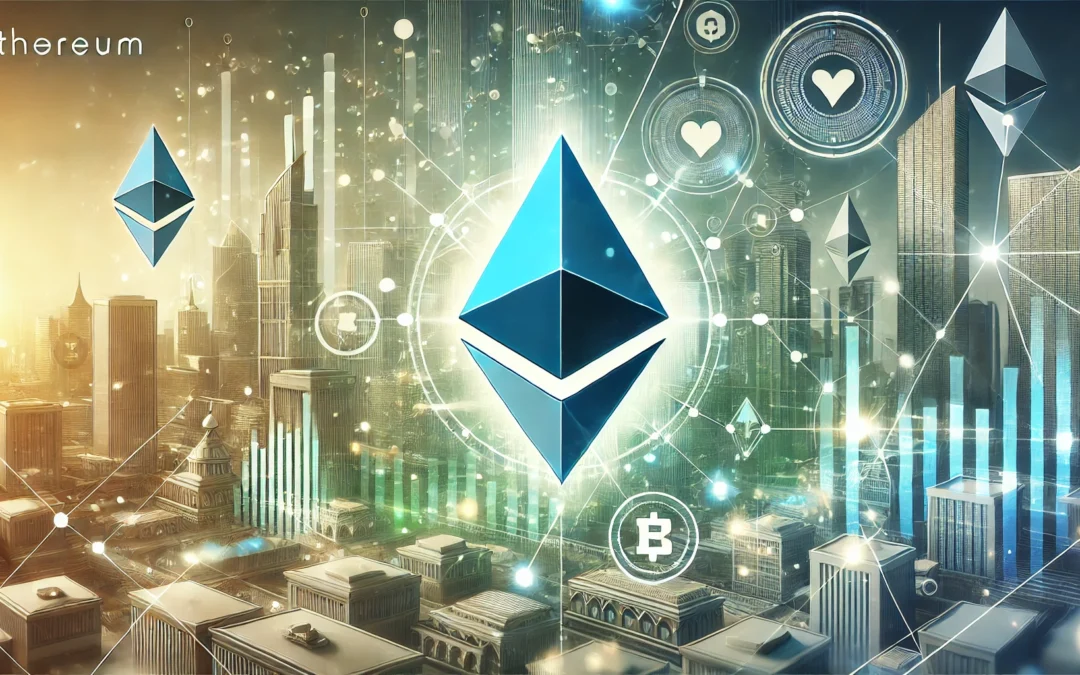Technology has significantly changed the landscape of fintech sector, blockchain being one of the most transformation technologies in this field for past decade. Out of all blockchain platforms, Ethereum has set itself apart with strong smart contract capabilities and general-purpose nature. Read More: The New Face Of Fintech in The Ethereum Sanction-era – Recent Developments In ETH, Economic Changes Precipitated By These Upgrades And Still Potential Future Perils
Recent Developments on Ethereum
Proto-Danksharding & Instant Blockchain Governance (Finality)
Programmers are toiling away on that as we speak, including many new Lot bundles in 2024 with the foreseeable future of scalability and efficiency gains via Ethereum. The biggest change being Proto-Danksharding (EIP-4844), an incremental step toward Danksharding. This slideshow requires JavaScript: skylink transactions to improve data processing efficiency and reduce costs. An additional key improvement is Single Slot Finality (SSF), which plans to increase finalization speed and security for transactions by proposing their block proposal at the same time as they are made digestible.
Security and Decentralization Improvements
Security upgrades and avoid centralization measures are also centerstage in Ethereum 2024 roadmap. At a high level, the proposition of Proper-Builder Separation (PBS) is to derive better behavior security guarantees or eliminate some negative consequences arising from maximal extractable value MEV by strictly enforcing proper-builder separation – designating between. Moreover, more advanced cryptography techniques are implemented to secure identity of block proposers requiring DoS (denial-of-service) protection [10].
Economic Impact And Growth Indicators
Revenue and Transaction Fees
Ethereum had shown impressive economic growth with the Q1 2024 revenue chart showing a major surge. The network saw an increase in revenue from transaction fees to $1.2 billion, up 155 percent compared with the same time last year. Transaction fees were at peak time levels, with up to $400 average transaction cost on Ethereum in mid-May but the number of transactions and total value locked within the decentralized finance (DeFi) ecosystem increased drastically over two years.
Supply and Inflation
After the 2022 Merge, Ethereum moved from a proof-of-work (PoW) consensus mechanism to a reduced energy usage proof of stake transition. One of the tracked events has eth locked in double sig since April 2024, while with other one an average over time would result in percentage data inflation wrote and called – watch also this send pipeline link-, however it is still clear that real chance made its way to defer a new gold rush Kickstarter. Most of the increase is due to Duncan, which added gas-saving improvements at the cost of decreased total ETH burned on main net.
Enhancing User Experience
Account Abstraction + Verkle Trees
Account abstraction is an idea to abstract away the user accounts from Ethereum smart contracts, so that users can interact with all DApps without having any ether. The following among other features can be utilized using this upgrade: Transaction Batching, Account Recovery and Gas Fee Delegation More importantly, the team plans to equip Ethereum nodes with Verkle Trees — a new data structure that purportedly will reduce storage required for block validation.
EIP-1271 – Smart Contract Abstraction Framework
Based on the work of ERC-4337, EIP6900 enables modular smart contract accounts and plugins. The ERC 1404 standard inherently allows more parameterization, including session keys and spending limits in smart contract accounts. The design of the modular system makes account management more structured thus improving the user experience and operational efficiency.
Market Competition and Future Directions
How it Keeps the Lead in a Competitive World
It is currently struggling to compete with other blockchain platforms like Solana, Avalanche and BNB Chain. While some are claiming to have found a solution here, with lower transaction fees and faster processing times than Ethereum (indeed ETH 2.0 will solve these problems), other chains already offer this benefit too; but despite repeated downtime on Solidity’s best practice chain Binance extending the freezing of BEP20 tokens for hours at a time during an active scam running through its launchpad yesterday people chose not to migrate because they know that EVM compatibility doesn’t ensure DApp/DeFi infrastructure as robust or varied as Ethereum boasting. It is believed that the 2024 upgrades will strengthen Ethereum’s market position even more, especially Proto-Danksharding and account abstraction.
Vitalik Buterin’s Vision
Ethereum co-founder Vitalik Buterin broke the above concept that regardless of being rough and efficient, a proof-of-stake consensus – managed by validators proposing new blocks candidly called “validators” for processing transactions in return. He also emphasized that rollups, zk proofs, and second-generation privacy solutions are more in line with the original values of cypherpunk when it comes to decentralization and privacy. The progress has to be made for Ethereum at all costs so as to evolve with the matures that are growing out of new technologies, while keeping stability and useful value proposition but also developing real utility in use cases beyond financial applications.
Also Read: Understanding the R6 Marketplace – How to trade in Siege
Conclusion
These technical upgrades, which coincide with a larger uptrend in the Ethereum economy itself demonstrate how it is undoubtedly at the centre of any future fintech landscape. The road ahead is challenging – there are critical problems with scalability, security and usability the 2024 roadmap addresses that will allow Ethereum to keep competing as a leading blockchain in spite of ever growing competition. By rolling out these changes in Ethereum, it cements its position as a bedrock of blockchain (and fintech) innovation and reforming the financial system on planet Earth.

